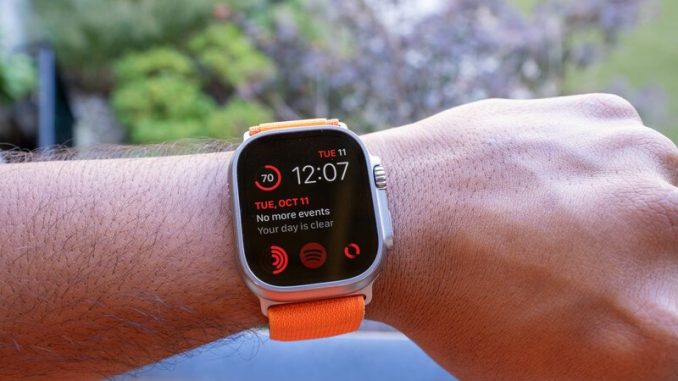
Introduction
The launch of the Apple Watch in 2015 changed the landscape of wearables forever. What began as a luxury accessory quickly became the gold standard for smartwatches, overtaking fitness trackers and other wearables to become the must-have item on everyone’s wrist. But what made the Apple Watch the wearable of choice for millions of users around the world? Let’s dive into the story of how Apple turned a simple wrist device into an essential piece of everyday technology.
A Slow Start to a Massive Impact
When the Apple Watch first hit the market, initial reviews were mixed. Many saw it as an expensive extension of the iPhone, and there were doubts about its long-term impact. However, Apple had a vision beyond just a fashionable accessory. By focusing on health, fitness, and productivity, Apple started to shape the future of wearables. Over time, the Apple Watch proved its worth, becoming a powerful tool for daily life.
Health and Fitness Redefined
Apple’s commitment to health and wellness was a game changer. The Apple Watch came equipped with features that allowed users to track their heart rate, monitor their workouts, and even perform an electrocardiogram (ECG) right from their wrist. These health-focused innovations made the Apple Watch an essential tool for fitness enthusiasts and those with medical needs. With every software update, Apple added more health-related features, such as fall detection and blood oxygen monitoring, further cementing its role as a lifesaving device.
Seamless Integration with the Apple Ecosystem
One of the biggest reasons for the Apple Watch’s success is its seamless integration with the broader Apple ecosystem. From receiving notifications to controlling smart home devices, the Apple Watch effortlessly connects with the iPhone, Mac, and other Apple devices. This interconnectedness made the Apple Watch more than just a timepiece; it became an integral part of a user’s digital life. Whether you’re responding to a text, paying for coffee with Apple Pay, or tracking your fitness goals, the Apple Watch makes everything easier.
Customization and Style
Apple understood that a wearable is not just a gadget—it’s a fashion statement. From the beginning, the Apple Watch was designed with customization in mind. With interchangeable bands and a variety of styles, users could personalize their Apple Watch to suit their style. The introduction of high-end models like the Apple Watch Edition and partnerships with fashion brands like Hermès further emphasized that this was a smartwatch for everyone, from tech enthusiasts to fashion-forward consumers.
Apple Watch’s Dominance in the Wearable Market
As the Apple Watch evolved, so did its dominance in the wearable market. By 2024, Apple had secured a significant share of the global smartwatch market, leaving competitors like Fitbit and Samsung in the dust. The device’s popularity wasn’t just about brand loyalty—it was about Apple’s ability to continuously innovate and meet the needs of its users. From health tracking to productivity, the Apple Watch had something for everyone, making it the go-to wearable of choice.
Conclusion
The Apple Watch didn’t just succeed because it was an Apple product. It became the wearable of choice because it offered meaningful functionality, seamless integration, and unmatched style. In a world where wearables are becoming increasingly important, the Apple Watch stands out as the ultimate smartwatch that not only enhances daily life but also revolutionizes health, fitness, and connectivity. As we look to the future of wearables, it’s clear that the Apple Watch will continue to be a leader, pushing the boundaries of what’s possible on our wrists.
Leave a Reply